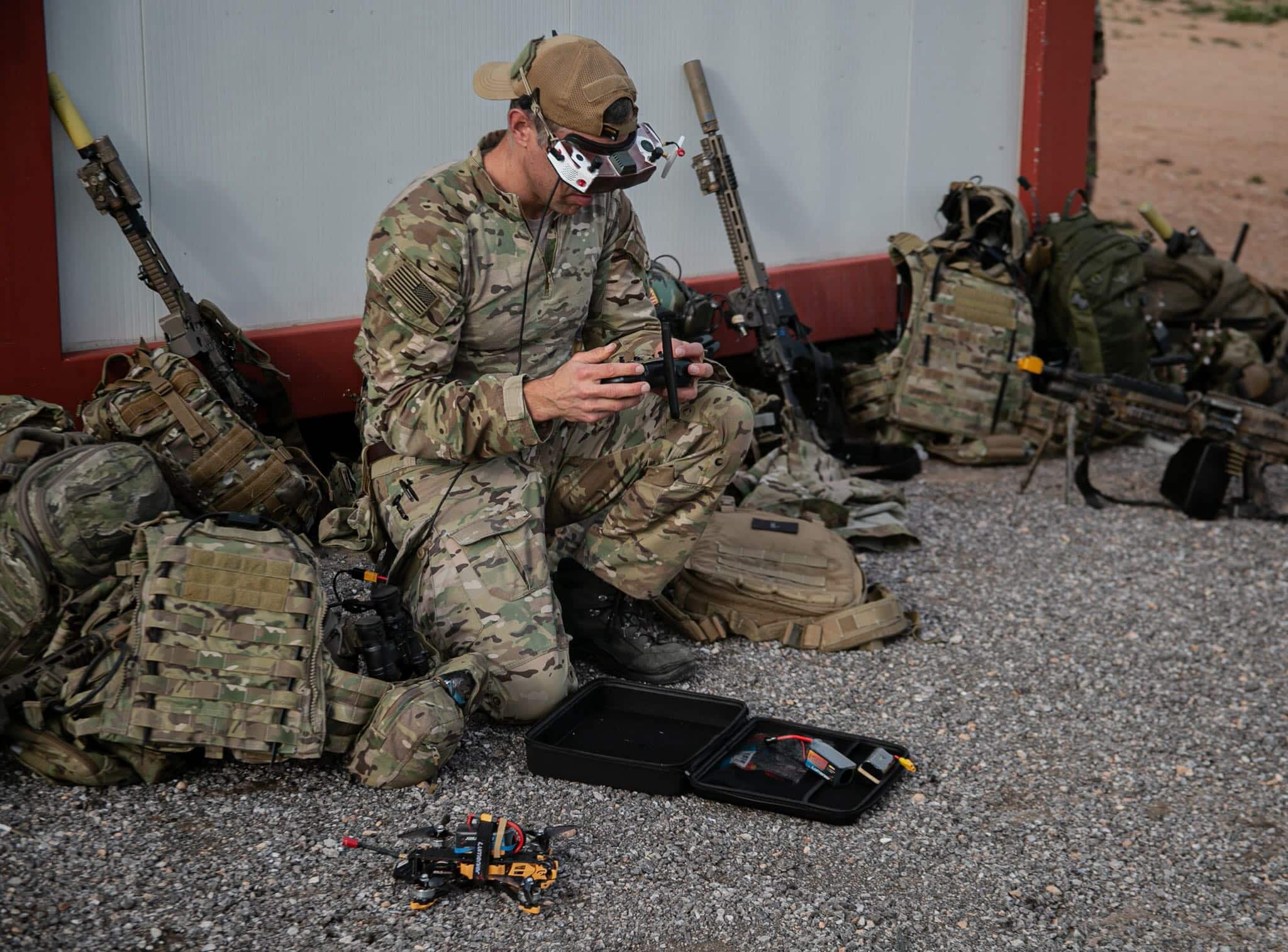The U.S. Army is set to elevate two types of drones—first-person-view (FPV) and tethered—from experimental technology to formal military programs by fiscal year 2025. Lt. Col. Michael Brabner, who oversees small-drone requirements within the Army’s Maneuver Capabilities Development and Integration Directorate, announced the initiative. The goal is to deploy FPVs to units by fiscal year 2026, enhancing the operational efficiency of infantry platoons and armored units respectively.
FPVs gained attention due to their effective use in Ukraine, where they have been employed to destroy far more costly enemy vehicles. Similarly, tethered drones have been tested by U.S. Army units for their ability to stay airborne for extended periods thanks to their wired power sources. The Army’s vision for FPVs includes a modular payload system that can accommodate different types of explosives, transforming these drones into versatile tools for tactical squads.
These drone programs are distinct from other Army projects like the Low Altitude Stalking and Strike Ordnance (LASSO) program, which involves larger, more expensive drones designed for targets like tanks. Meanwhile, the Marine Corps is also exploring similar technologies, aiming to deploy loitering munitions at the squad level by 2027.
Lt. Col. Brabner highlighted that while the FPVs are intended to be attritable and expendable, they will not mimic the ad-hoc, homemade drone efforts seen in Ukraine. The U.S. models will adhere to strict safety and compliance standards to ensure they can be safely deployed in combat scenarios. The aim is not merely to match enemy capabilities but to achieve a decisive technological and tactical overmatch on the battlefield.
In addition to hardware advancements, the Army plans to launch a new training program for operating these drones. This program, slated to start in early fiscal 2025 at the Maneuver Center of Excellence, will teach soldiers how to fly FPVs and execute strikes effectively. The training aims to prepare troops for scenarios where they might need to perform reconnaissance or engage targets in hostile environments.
Expanded Coverage:






